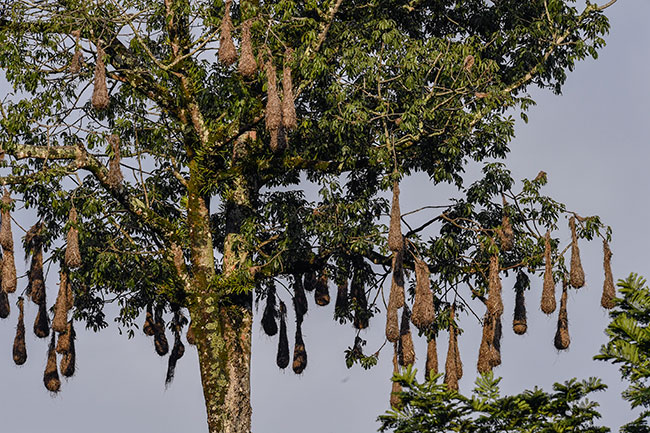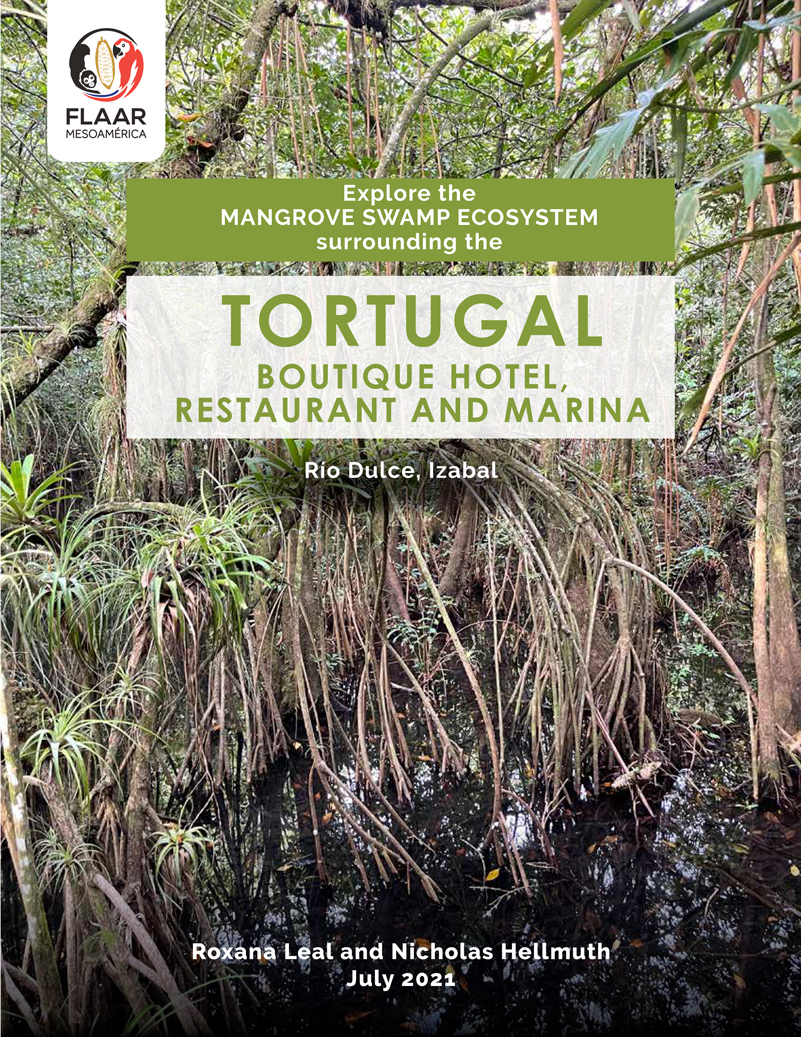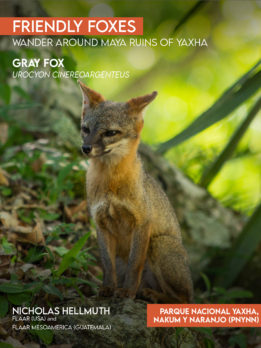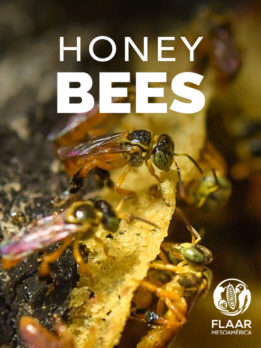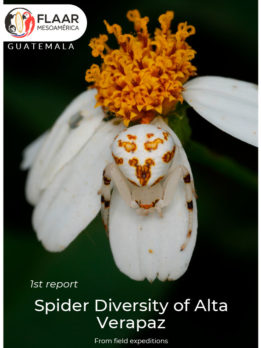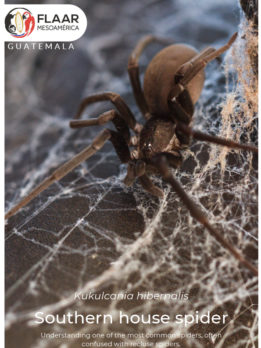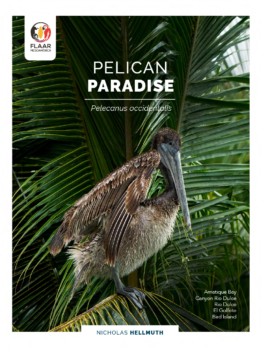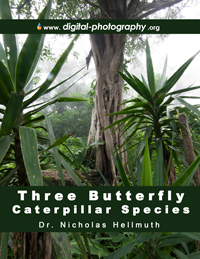Two oropendola species are resident in Belize and Guatemala, etc
Psarocolius Montezuma, Montezuma oropendola
Psarocolius wagleri, Chestnut-headed Oropendola
A third species, Amblycercus holosericeus, is called an oropendola by a book on birds of Belize, but the Cornell web site corrects this.
http://neotropical.birds.cornell.edu/portal/species/overview?p_p_spp=677676
Amblycercus holosericeus is called a yellow-billed Cacique by most web sites. The Cornell web site calls it related to oropendola, but not with the long woven nests. So we can remove this from our search-list.
Of these, and orioles, I am only familiar with the Psarocolius genus in Guatemala. During 2016 we found five different trees near Senahu, Alta Verapaz, with colonies of Psarocolius wagleri, Chestnut-headed Oropendola and two trees in Izabal area with nests of Psarocolius Montezuma, Montezuma oropendola.
This web page is on Psarocolius Montezuma, Montezuma oropendola
Lots of Montezuma oropendola nest sites in Peten and lowland Izabal. Montezuma oropendola nests are well known to thousands of visitors who see these eye-catching nests when at the Parque Nacional Tikal. There are also oropendola nests in Lake Yaxha national park. With the help of Guatemalan ornithologist Alejandro we studied Montezuma oropendola nests in Macho Creek, near Amatique Bay, Izabal, Guatemala.
One colony had been in a San Juan tree. About 80% or more of the nests had fallen already over a month or more before we arrived. We asked permission to take three fallen nests back to our office so our 3D imaging specialist, Andrea Mendoza, could work at accomplishing a 3D scan.
While driving back towards Sto Tomas de Castillo one of our team spotted a very tall ceiba tree with over 60 nests still hanging. So we stopped for an hour of photography of these nests.
The ceiba tree was so high that it was not helpful to hike up to its base; then we could have photographed only the bottom of the nests. Fortunately the mud road was at an intermediate elevation, so we could get acceptable photos at this height. Downside was the distance from the tree: even a 400mm prime Nikkor lens with 1.4x tele-extender was not enough to photograph an individual nest. We would need a 600mm prime lens probably with its 1.4x tele extender. An 800mm lens would be too expensive (even the 600mm lens we can’t have until funding would be available).
Multiple goals relative to Montezuma oropendola birds
We wish to encourage local people not to chop down the trees that the oropendola need for their nest sites. It is against the law of Guatemala to chop down a Ceiba tree because it is the national tree. To remove this species you need a government permit.
But all the other trees that oropendolas use for nest sites may be chopped down for wood, or to clear land for a milpa. Trees that are known to be home to oropendolas or orioles should not be chopped down.
Our long-range goal is to do an animated video of how the nest is woven
Here are some of our questions that research is needed to answer:
- How many twigs or vine segments or other plant parts does an oropendola bring in its beak on each flght?
- How many separate twigs or vine segments make up a single nest?
- Are the plant parts used for the attachment to the tree limb different in size or structure than plant parts used for building the rest of the nest?
- What is the actual engineering structure that holds the nest together?
- Are the twigs and vines woven, or are they glued with saliva?
After all, there is wind that can blow the weight and size of the nest around quite a bit. It is our understanding from reading reports that some nests do indeed fall before the birds have raised their brood.
In fact the windstorms (rain storms) are often severe enough to knock down entire trees. Dwight Carter (of Frutas del Mundo, near Lake Izabal) told us that be experienced a fallen tree with the wounded birds crying in pain and suffering.
A final Question: Why do the Maya show Orioles and not Oropendolas?
The remarkablely well preserved pre-Classic murals of San Bartolo, Peten, clearly show an “oropendola nest” hanging from a limb. But the birds fluttering around are not the black color of either oropendola species (and in Peten, Montezuma oropendola would be the only species expected; the Chestnut-Headed Oropendola is normally at higher elevations (with a lot of mist and often less of a long dry season).
Because the birds do not look anything like an oropendola, epigrapher Dr David Stuart suggests they are Yellow-backed Orioles (icterus chysater (sic). The correct spelling is Icterus chrysater).
The Icterus chrysater has been found at Finca Las Nubes in Guatemala.
www.xeno-canto.org/species/Icterus-chrysater?pg=2 Also is found in other parts of the Highlands (Finca El Pilar). This makes it all the more curious why the Lowland Maya, of northern Peten, selected a bird from so far south (unless their influence was from Belize or the Yucatan peninsula, where the bird also occurs). Since this oriole is stated to like mountain pine or pine-oak forests, that would fit with much of Belize (Edwards 1998: 178). These orioles are also known from two coffee plantations near Palajunoj, Quetzaltenango. Ironically, these orioles are also found near Chichen Itza, Yucatan, Mexico, which is not Highlands whatsoever.
Although I would agree that the yellow birds in the murals are unlikely a black oropendola, there are several orioles which have mostly yellow body and black tails. So the question is, which has a nest the size and shape of their relative the oropendola?
Bibliography
Most books on birds of Mexico, Guatemala, Belize, etc will show the orioles and the oropendola species. I list here one example that I cited.
EDWARDS, Ernest Preston
1998 A field Guide to the Birds of Mexico and Adjacent Areas: Belize, Guatemala and El Salvador. 3rd Edition. University of Texas Press.
STUART, David and Peter STUART
2014 A Glyph for Yuyum, “Oriole,” in a Name at Bonampak.
https://decipherment.wordpress.com/2014/04/17/a-glyph-for-yuyum-oriole-in-a-name-at-bonampak/
http://neotropical.birds.cornell.edu/portal/species/overview?p_p_spp=674636
Nice photo of Icterus chrysater, but from the back and side; not in flight.
www.yucatanadventure.com.mx/Birds-in-Yucatan/yucatan-birds.htm#ORIOLE_BIRDS:
Icterus chrysater is found at Chichen Itza, or at least nearby.
Posted February 2017



